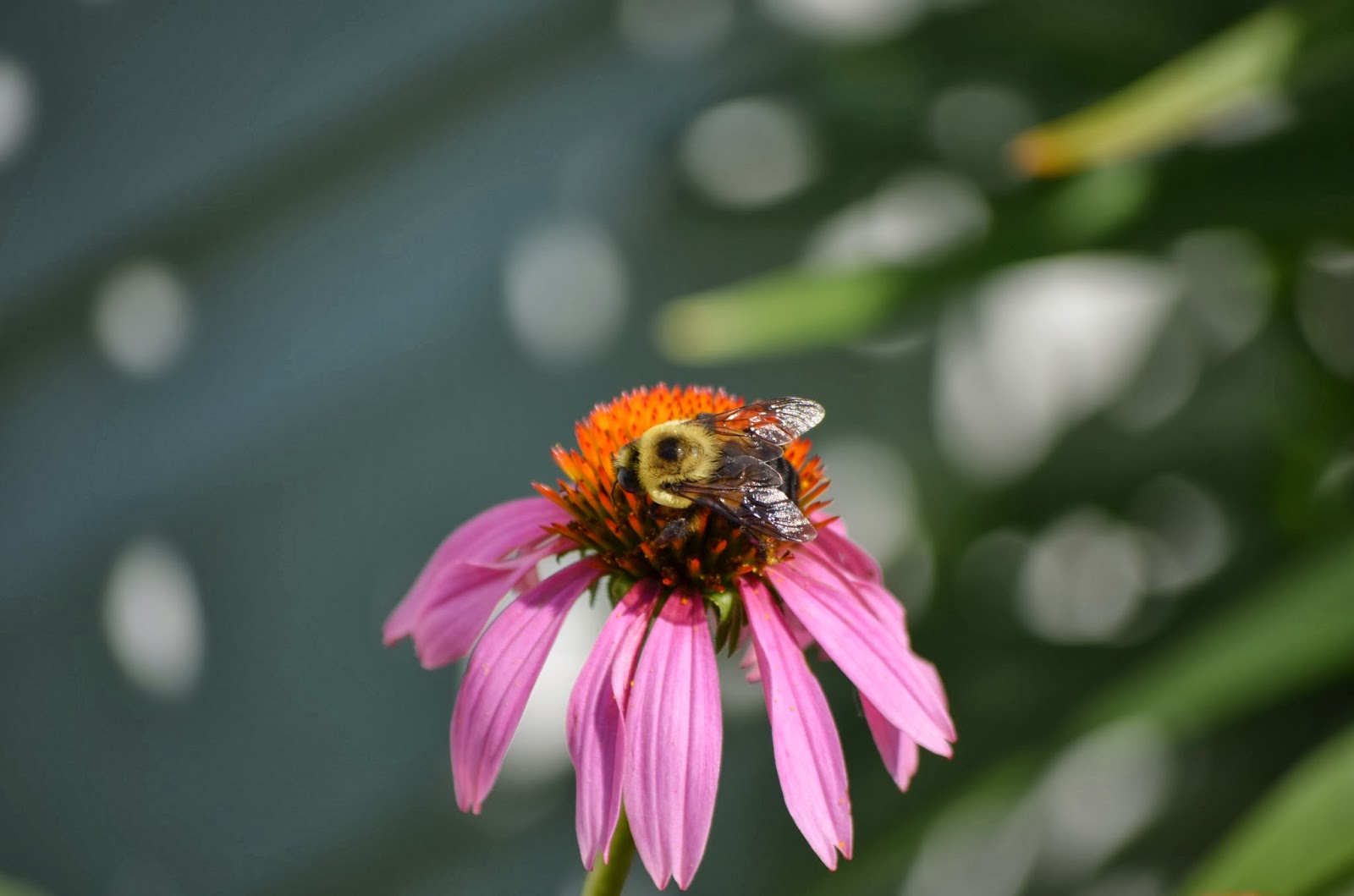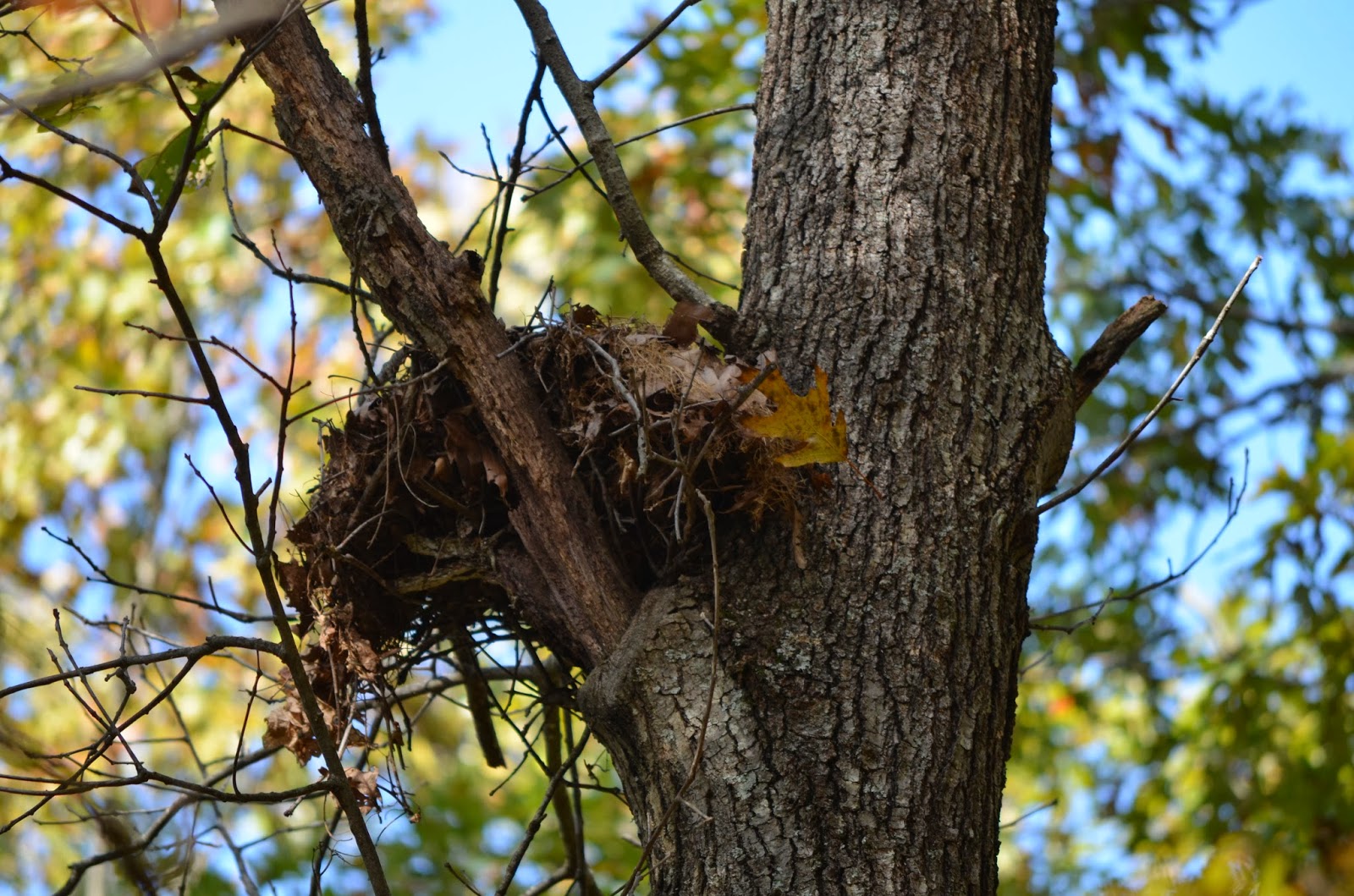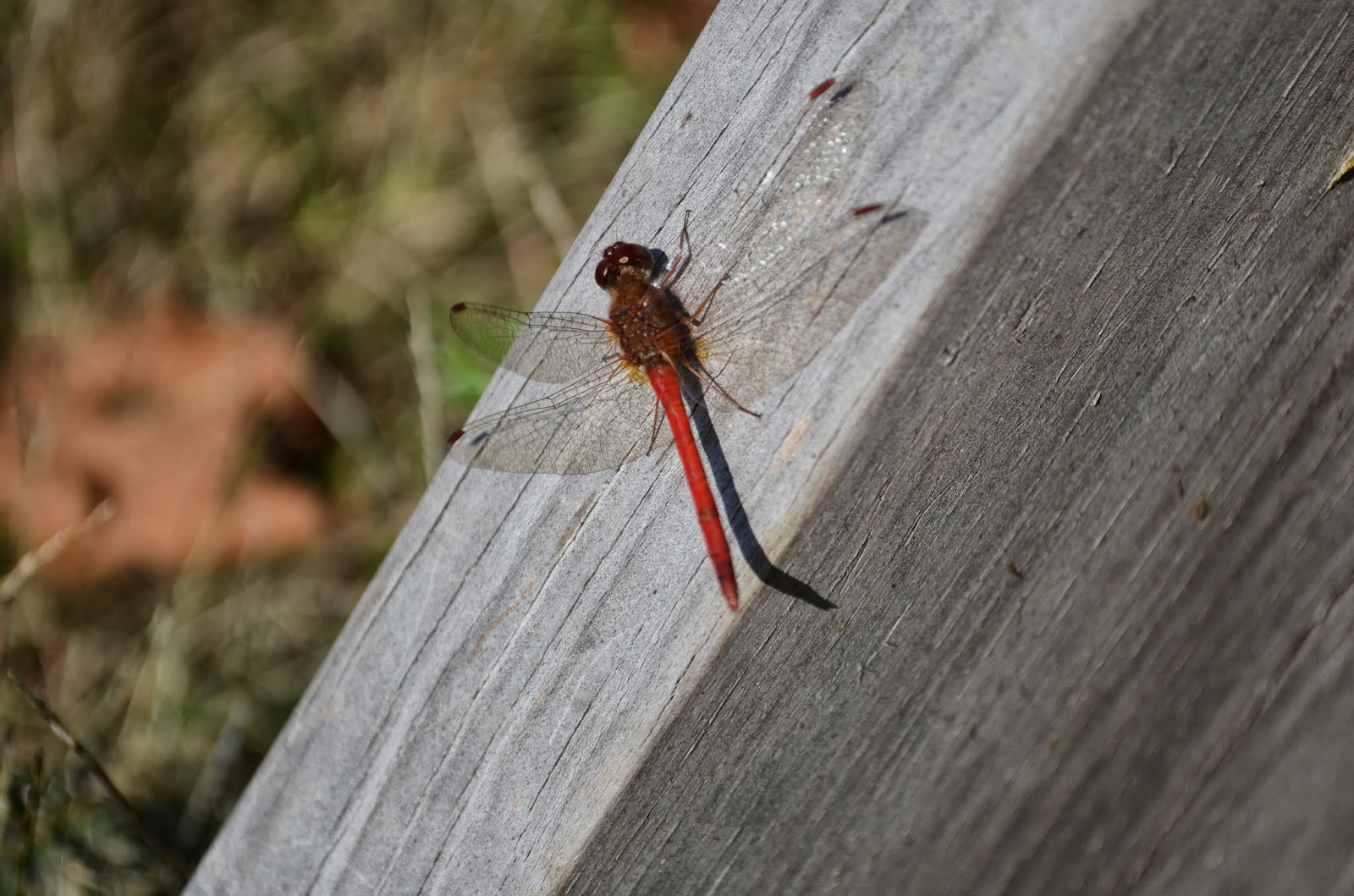Stability and Change
Today's mission, go out and find examples of changes that will occur in an ecosystem in one day, one season, one year, and in 20 or more years.Changes in a day:
My first choice (mostly because I thought it looked so interesting) is a milkweed seed pod releasing its seeds. I chose this because the wind was slowly pulling it apart and sending its contents sailing into the air. I stood for a long time watching this pod. I loved the way it was moving and blowing in the wind. I had photographed these earlier in the season and they were covered with milkweed bugs.
I also found this nut that had been eaten and decided that it was also a good example of something that changed in a day.
Photos taken at Bray Conservation Area on November 9, 2013
Changes in a season:
My example for this category is a seed pod from a Purple Coneflower. The seeds will start the growth process all over again and next year there will be beautiful flowers to photograph and for the bees and other insects to visit. (Photo taken on November 9th)
I took the photos of the Purple Coneflowers at the Runge Conservation Center in Jefferson City, MO on July 14, 2013
Changes in a year:
While I was outside with my camera this morning I saw this Painted Lady butterfly visiting one of my few surviving flowers. The flowers sit on my porch and are sheltered from the frost and wind so they are still blooming. Seeing this butterfly made me think of the life-cycle of Missouri's insects, plants, and animals. If conditions are favorable, the life-cycle will continue.
Photo taken in my own yard November 9, 2013
Changes in twenty years or more:
My final photo is a photo of a
small pond in our outdoor classroom. I chose to use this photo as an example of
succession because I have seen many changes in this pond over the seven years
that I have worked at Truman.
One change I have seen is that there were
fish in it when I first saw it. There
were very few other aquatic organisms living in the pond because of the fish. The decision was made to remove the fish, and
now we have frogs, crayfish, and other organisms living in the pond.
Another change I have observed over the
years were changes due to the climate.
This small pond was almost completely dry a couple of years ago as we
had very little rain and extreme heat that summer. It was near overflowing at one point this
year due to a lot of rainfall.
The final change I would like to mention
is the removal of debris. Gravel runs
into the pond when it rains heavily. It
also is surrounded by trees, so leaves are a problem that must be dealt with
yearly. It would not take many years for
this small and shallow pond to fill in completely with debris.
Photo taken on October 26, 2013
I hope you are getting outside to enjoy the beautiful fall weather. I am certainly enjoying it while I can. Thank you for visiting Sandy's Samplings.


























